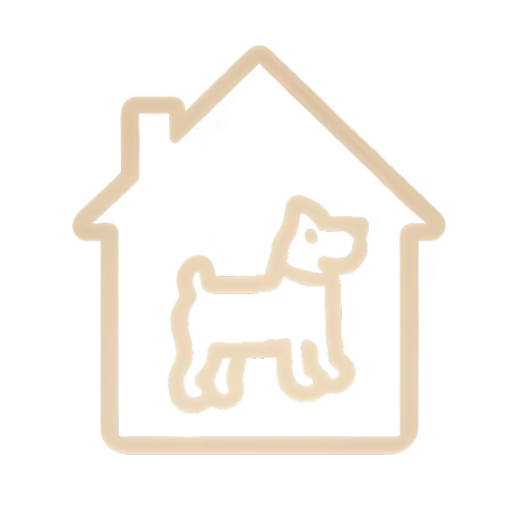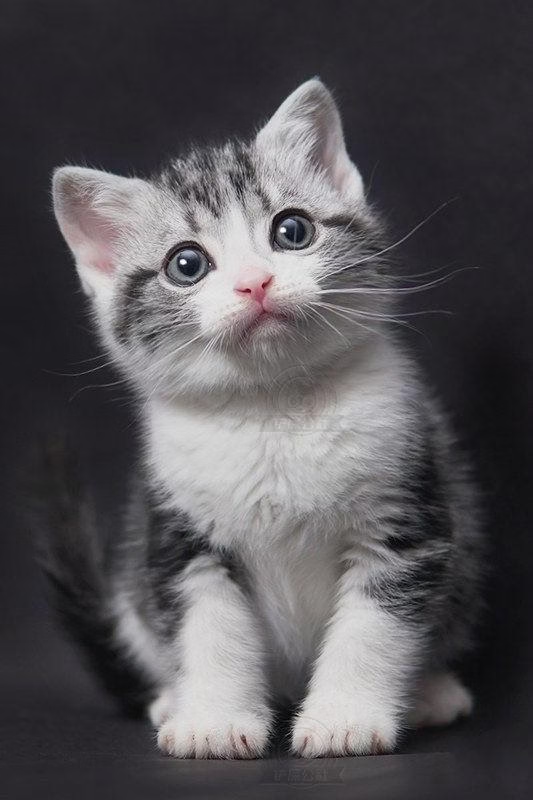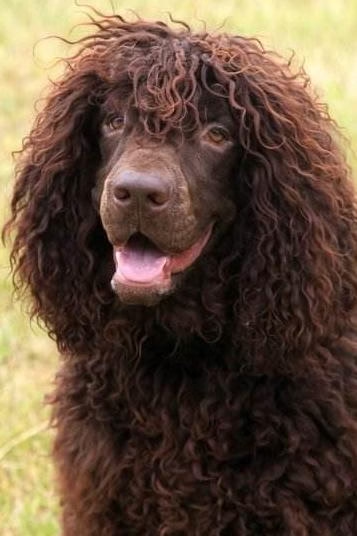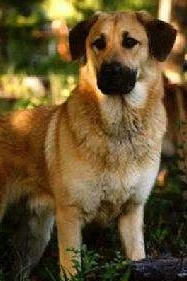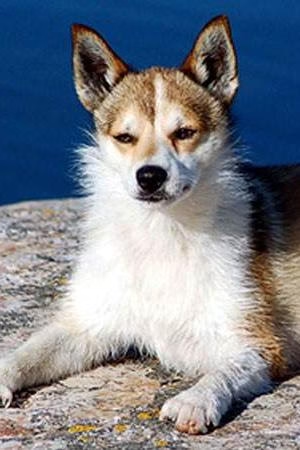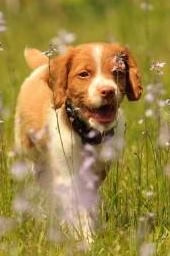Neapolitan Mastiff (Italian Corso)
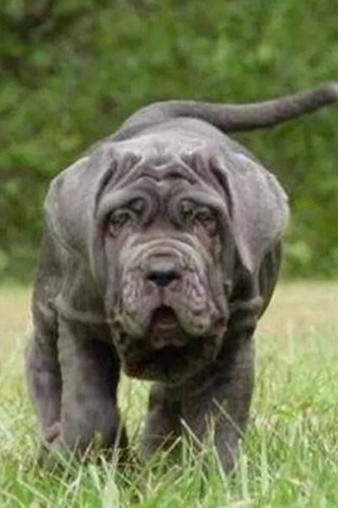
Neapolitan Mastiff
Italian Corso
Basic Information
- Category: Dog
- Origin: Italy
- Body Type: Giant
- Height: 64-72 cm
- Hair Length: Short hair
- Lifespan: 11-12 years
Ratings
| Trainability | ⭐️⭐️⭐️ |
| Affection Level | ⭐️⭐️⭐️ |
| Barking Level | ⭐️⭐️ |
| Shedding Level | ⭐️⭐️⭐️ |
Breed Introduction
The Neapolitan Mastiff is an ancient breed, moving with a slow and heavy gait reminiscent of a bear. Like other breeds of mastiffs, they have very large heads. The prominent loose skin folds from the head extend down to the neck, resulting in a multi-layered cheek appearance.
If we put aside their historically aggressive nature as fighting dogs, especially towards familiar people, they can be described as calm, gentle, and friendly animals.
Coat: The coat is short, dense, hard, smooth, and of good texture. Colors can be gray, dark gray, deep black, brown, light tawny, dark tawny, hazel, dove gray, and lighter shades of light tawny. It is common to find white patches on the chest and feet. The skin all over the body is loose, with many folds and wrinkles on the head.
If socialized early, Neapolitan Mastiffs can be friendly with children. They accept strangers unless they feel threatened. They generally get along peacefully with other dogs and household pets. The Neapolitan was once a guard dog for the Italian Mafia, obeying commands from its owner but can be deadly when aggressive.
Most countries classify these three breeds of fighting dogs as dangerous or aggressive, restricting their ownership. In Taiwan, it is required that these dogs wear muzzles, be accompanied by adults, and be leashed to a length not exceeding 1.5 meters when in public places. In Hong Kong, strict ownership restrictions are enforced, prohibiting these dogs from being on the streets or entering public places. Safety must be prioritized when keeping such dogs.
The history of Neapolitan Mastiffs dates back to the Greek era, and they were kept throughout the Roman period. Their ancestors were war and combat mastiffs. They may have descended from ancient Roman gladiator dogs, raised as ranch and farm dogs in southern Italy. It was not until 1946 that painter Piero Scanziani started measures to save the breed, forming a dog club to help their survival and reproduction. Purebred breeding began in 1949.
A few years ago, the media referred to these dogs as ‘the war chariots of ancient Rome,’ considering them the most reliable protectors and living alarm systems. Such reports stirred interest in those needing a deterrent dog. Professional breeders took advantage of this mindset, breeding many wrinkled, fearsome looking creatures, which from an anatomical perspective could be considered disabled. These dogs were mass-marketed, but soon, the situation began to change, and breeding trends gradually moved in the right direction.
Neapolitan Mastiffs have an innate protective instinct, which must be regulated and not indulged. From puppyhood, they should learn how to interact with humans. They are quiet, comforting companions, although they do not require a lot of running, they do need space to move around. They particularly enjoy children and are very obedient when with their ‘owners.’
This confident breed rarely starts trouble, but once a conflict arises, they never back down, even a well-trained dog will not be completely submissive. Given this situation, Neapolitan Mastiffs can only belong to sensible, responsible dog owners who must have a good understanding of dog behavior and the ability to train them. They often drool and require significant expenses in their upkeep.
